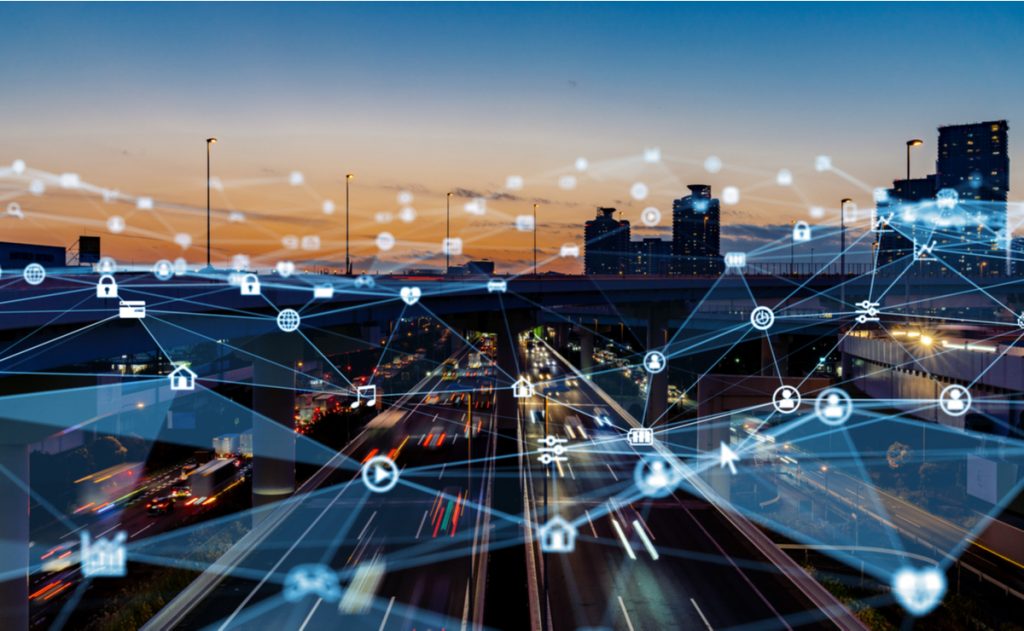We have had heard plenty about 5G and edge computing in recent times – and for a good reason: They no longer remain a future technology; they are in the early stages of being adopted and are touted to open a world of new revenue opportunities across various industries, including manufacturing, transport, gaming and more. According to Gartner, by this year, more than half of enterprise-generated data will be created and processed at the network edge. Let’s first get an understanding of individual roles for both technologies.
The need for edge computing
Businesses are heavily dependent on data to perform complex and or simple operations. But the problem arises while moving data between different devices as it creates a lag between intent and action. With storage and transfers itself being a complex process, data privacy further complicates matters, especially for heavily-regulated industries. Moreover, such a vast amount of data needs to be processed and analyzed at the edge of the wide area network to put it to optimal use.
It is here that edge computing can come to action and helps reduce the cost of data transfer and increase security. It also helps gain a competitive advantage with real-time data insights to drive intelligent business workflows. Edge Computing allows enterprises to address cost, bandwidth and latency issues across a broad range of IoT applications.
The need for 5G
Many believe that the advent of 5G technology can yield immense social benefits. Cell phones, too, will have more reliable network connection, but 5G’s potential is much greater than just this. Tech experts argue that 5G will facilitate faster upload and download speeds, but along with that it also holds the potential to revolutionize the landscape for modern-day consumers and businesses who can operate with increased IoT capabilities, smoother commute, cost savings, augmenting edge computing, providing real-time insights into product and process performance et al.
5G and Edge Computing will be a game-changer
Both the technologies are linked inextricable and promise to significantly improve applications’ performance and enable huge amounts of data to be processed in real-time. While 5G multiplies the speed of 4G ten times, mobile edge computing brings down latency by introducing compute capabilities into the network closer to the end user. In fact, they inspire a new wave of innovation—with far-reaching benefits to enhance digital experiences, improve performance, and support data security. While 5G promises high speed, large volume transfer of data, with the edge architecture, systems will be able to deploy, run, manage and maintain application work-loads closer to the source of data.
They also promise to bring innovative, cutting-edge applications in areas such as robotics, augmented or virtual reality (AR/VR), and autonomous vehicles, but the benefits of 5G and edge computing go far beyond just this. Let’s discuss about it in detail.
How do 5G and edge computing together benefit businesses?
- A mix of 5G and edge computing marks innovation
Edge computing and 5G complement each other to make services even more faster and reliable. In simple terms, edge computing is built on the flexibility enabled by cloud computing and 5G is expected to bring improvements in a variety of performance metrics are seen, including connectivity, latency and throughput. Together, 5G and edge computing focus on building up a new wave of applications requiring higher reliability, ultra-high data speed, and massive network capacity.
- Easy to get in the process
Businesses are already working on the 4G network and cloud computing. Thus, they need not go out of their way or implement new infrastructure services to adopt either of the technologies. This quality makes it convenient for businesses to adopt them and start immediately with new applications or improve upon older ones. Keeping up with the same hardware, services, and APIs helps technologies move with ease to the next level with limited resources and no capital costs.
- Cost effective
No matter whether an organization is big, small, new, or well established, every organization is concerned about costs. Organizations cannot take a chance to incur losses at any stage in their business. And that is the reason they look for costs effective processes. Using 5G in place of satellite for communication leads to a drop in data transfer costs. Also, processing data locally will have no data transfer costs. Wherein edge computing can help save bandwidth cost. As IoT devices have the capability to process data at the edge, only essential data is filtered out and sent to cloud servers, marking a major difference in the costs.
Bottom line
Undoubtedly, the emerging landscape of mobile edge offers many opportunities to unlock value, but we are still at the early stages. Edge computing though not a new concept, 5G will drive the development of the former. Both promise a new generation of success and
will go a long way to deliver business value: High performance, low latency, and innovation to customers. Yet, the exact details of how they will play out remain to be seen. While execution can be challenging and even slow, what’s sure is that they can provide wireless technology in the future.
For more such content download our latest whitepapers on 5G and edge computing .














